The life and achievements of the mathematician John Nash.


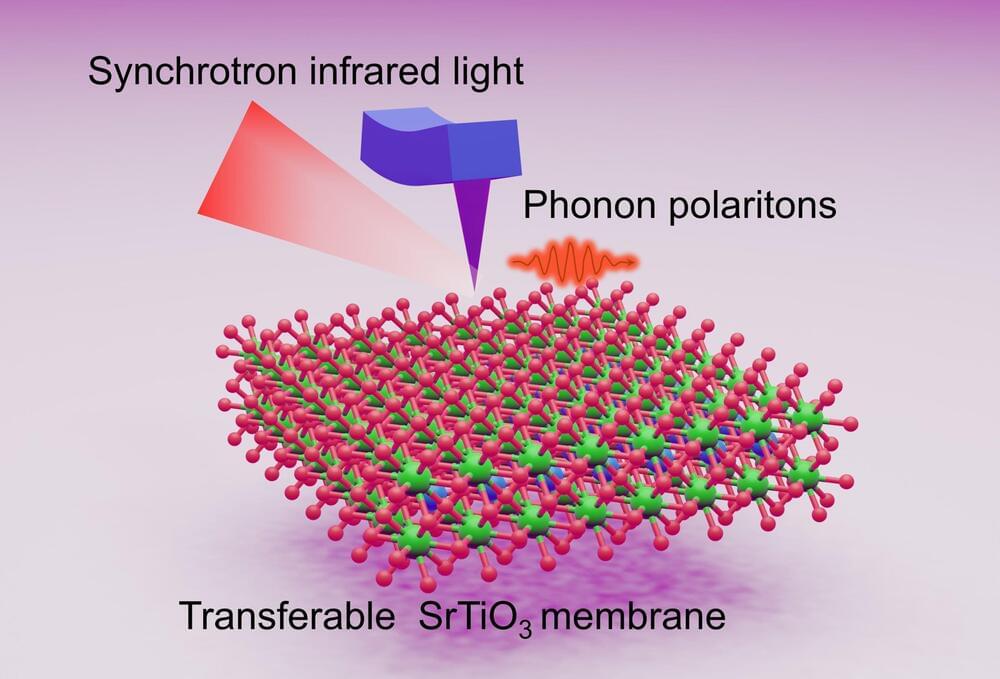
A new study reveals that oxide membranes can confine infrared light to a greater extent than traditional methods, promising advancements in imaging resolution and applications in photonics and thermal management.
Researchers have successfully shown that a particular type of oxide membranes can effectively confine, or “squeeze,” infrared light. This breakthrough could enhance future infrared imaging technologies. These thin-film membranes outperform traditional bulk crystals in confining infrared light.
“The thin-film membranes maintain the desired infrared frequency, but compress the wavelengths, allowing imaging devices to capture images with greater resolution,” says Yin Liu, co-corresponding author of a paper on the work and an assistant professor of materials science and engineering at North Carolina State University.
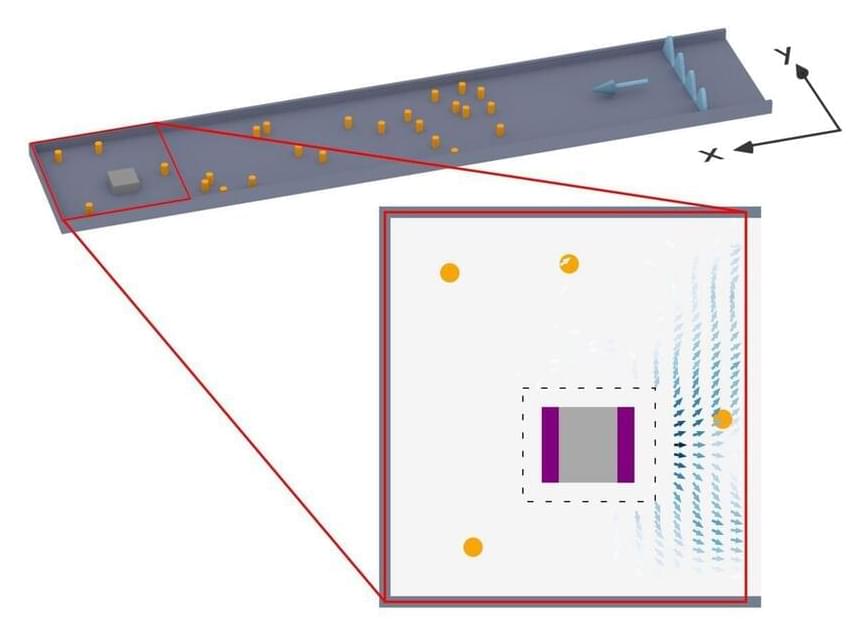
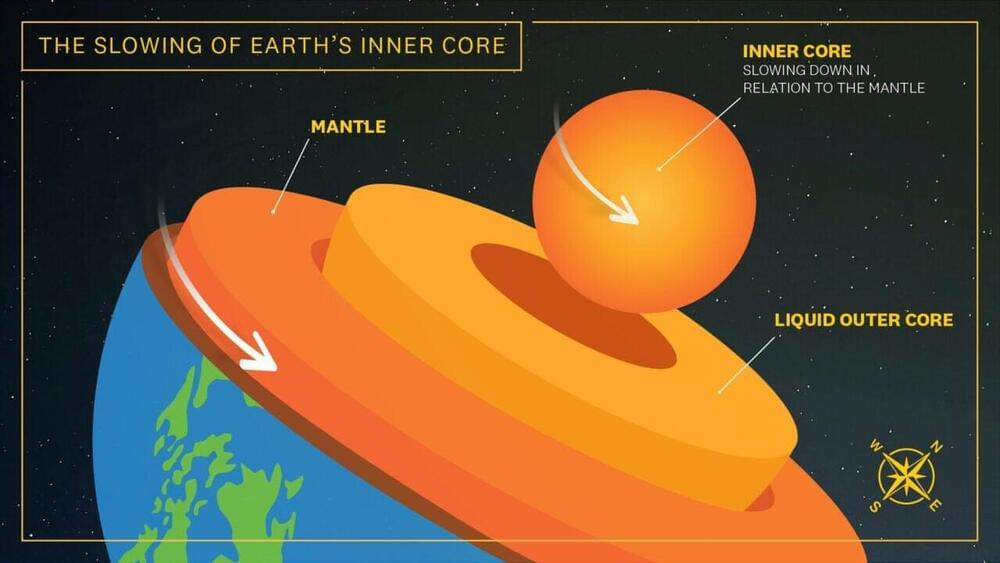
Raphael Rau unveiled a new photorealistic creation and shared some insights on how it was made.
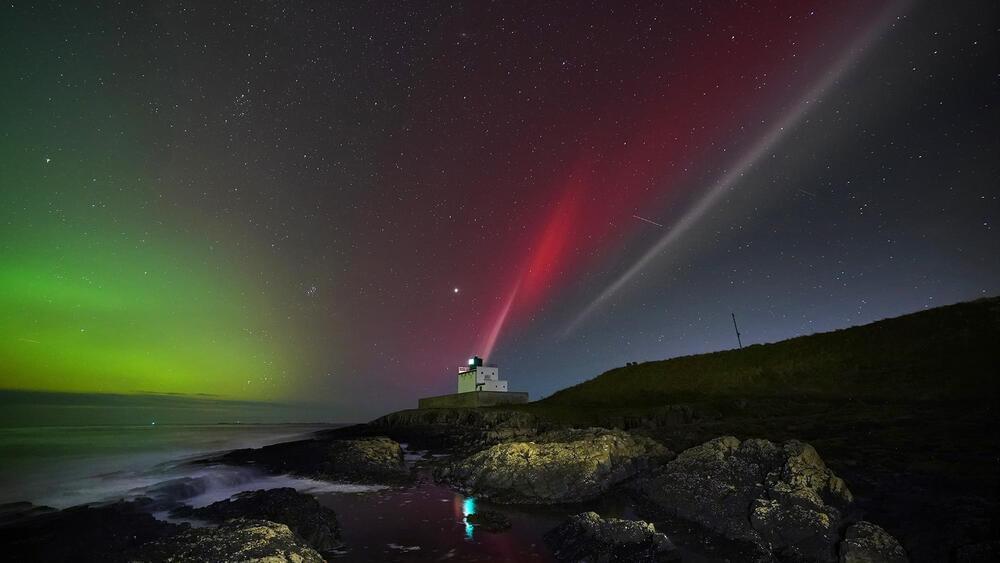
May 2024 was the hottest May on record, marking a full annual cycle of monthly records, the longest ever recorded.
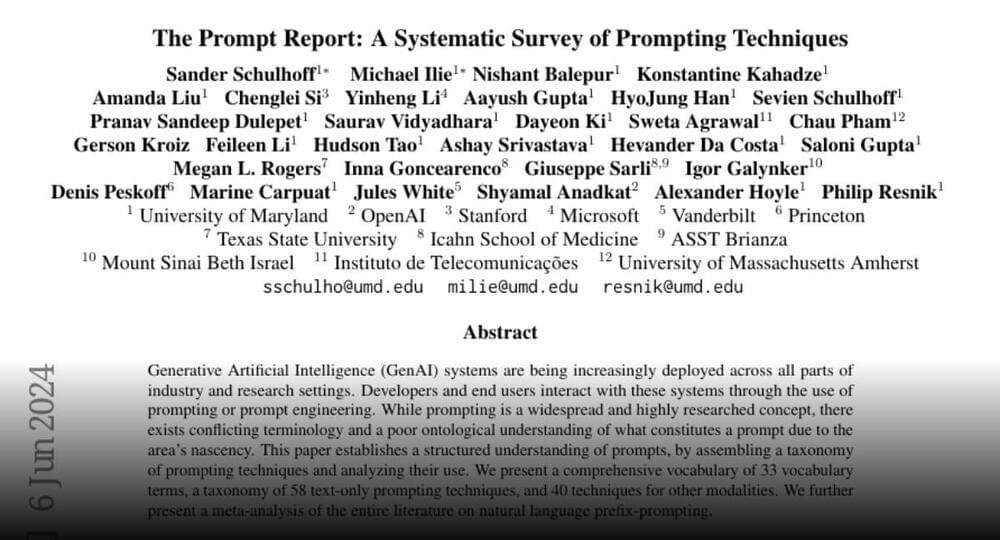
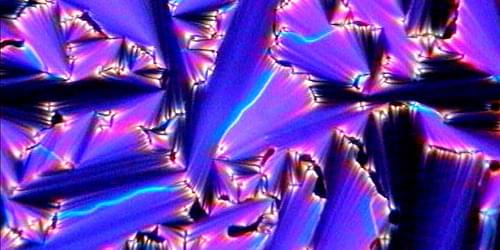
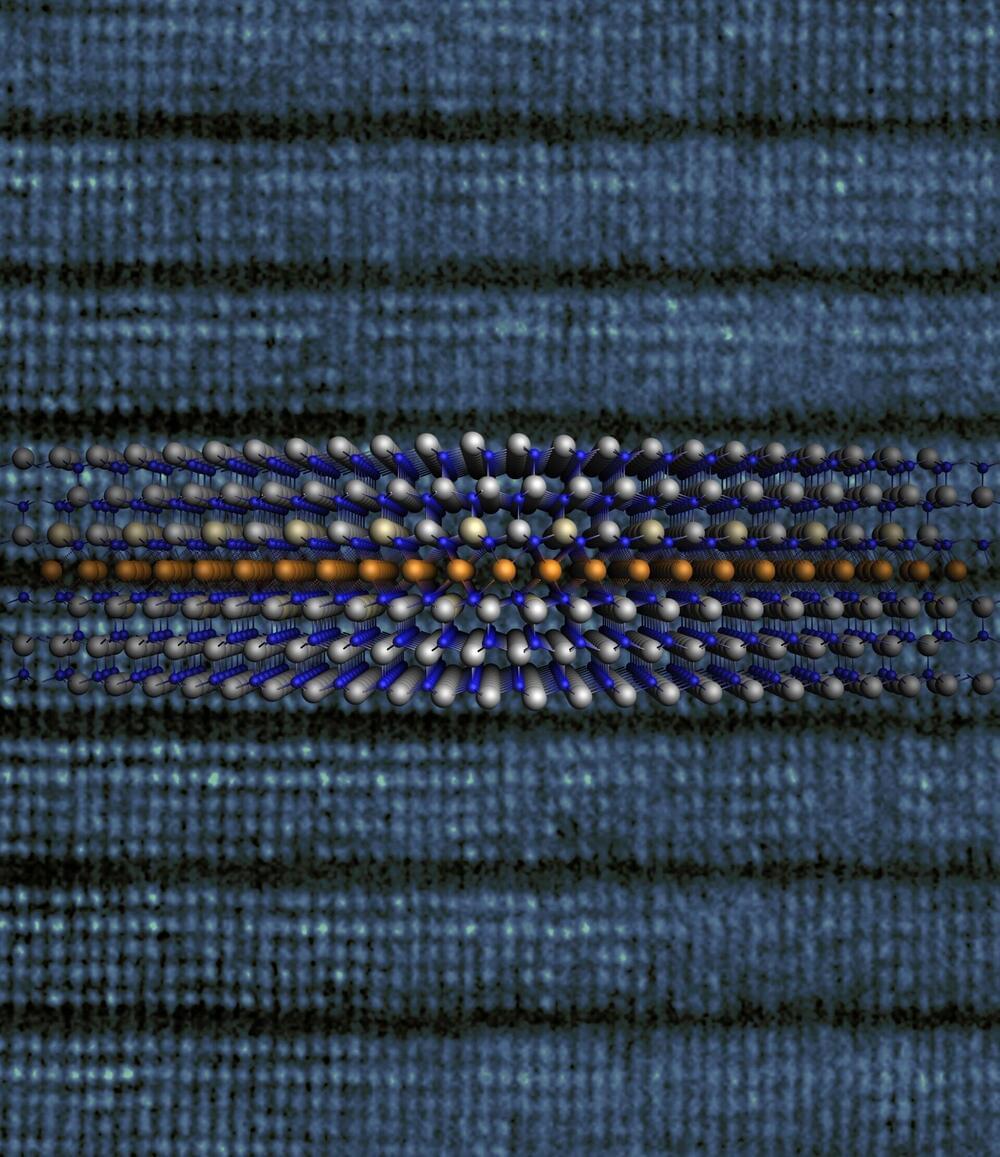
A study led by Nagoya University in Japan revealed that a simple thermal reaction of gallium nitride (GaN) with metallic magnesium (Mg) results in the formation of a distinctive superlattice structure. This represents the first time researchers have identified the insertion of 2D metal layers into a bulk semiconductor.